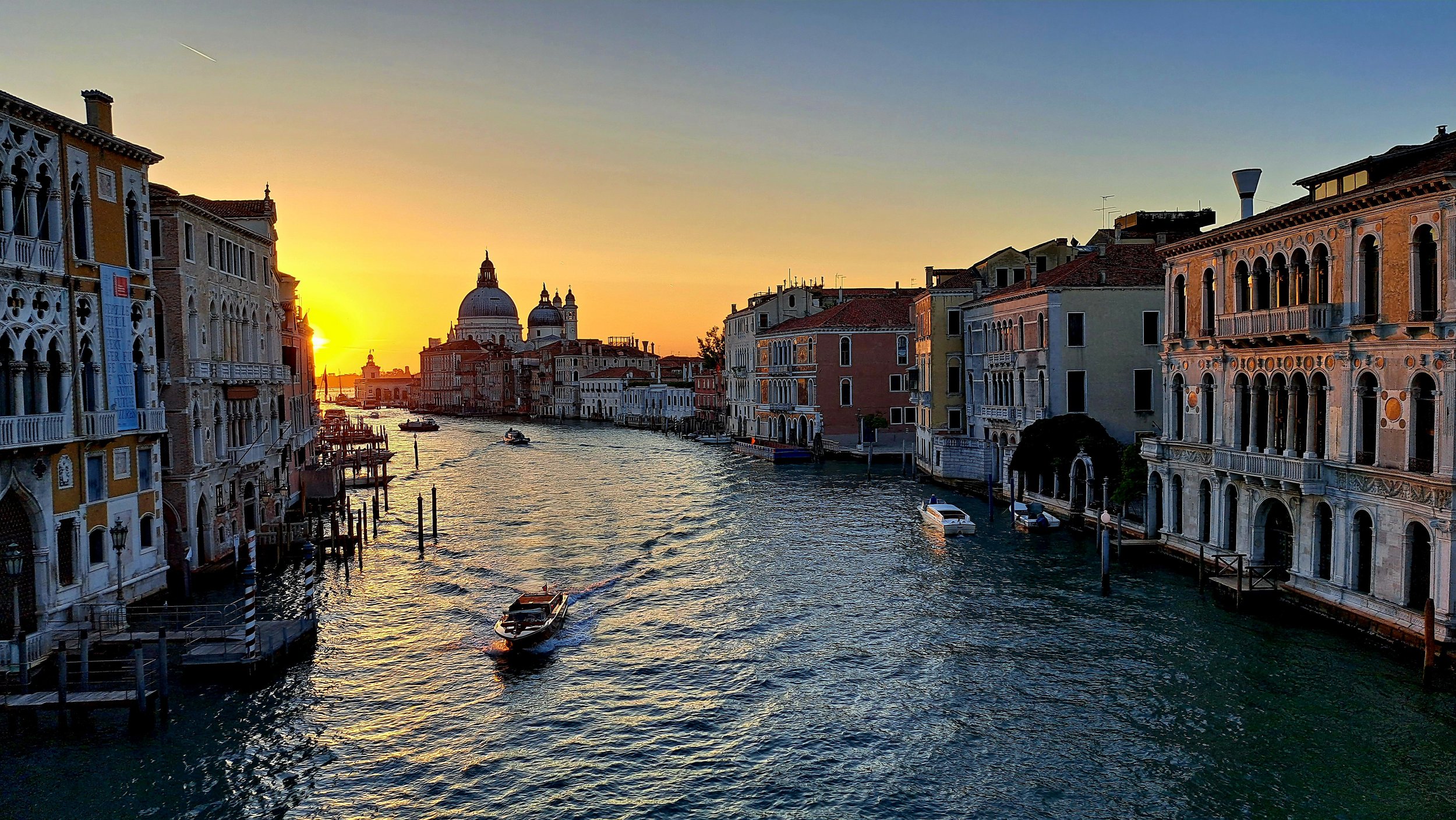Negreni Fair: A Journey into Time and Tradition — And a Perfect Photography Experience
/Nestled in the Apuseni Mountains of western Romania, the tiny village of Negreni transforms twice a year into the stage for one of Eastern Europe’s most captivating and sprawling open-air fairs: Târgul de la Negreni. Held in May and, more famously, in October, this fair has been running for centuries, with roots that go back to at least the 18th century—and likely much earlier. It was once a vital meeting point for traders from Transylvania, Hungary, Serbia, and beyond. Today, it remains a vibrant crossroads of culture, history, and human connection—offering a treasure trove of photographic opportunities for curious eyes and nimble lenses.
📜 A Little History
Originally known as the Târgul de Fechete, or "Fair of the Girls," it started as a market for matchmaking, marriages, livestock trading, and traditional crafts. Over the decades, it evolved into a multi-day bazaar where you can now find everything from antique tools and war memorabilia to embroidered folk costumes, Saxon furniture, vinyl records, and rusty Soviet radios. If it exists, it may be hiding somewhere among the stalls of Negreni.
Despite its growth, the fair retains a raw, unfiltered authenticity. The crowd is a mix of locals, seasoned collectors, curious travelers, and the occasional photographer chasing a disappearing world.
🧭 What to Expect
Expect to get muddy, overwhelmed, amazed, and deeply inspired. The fair stretches for several kilometers along the Crișul Repede River, flanked by makeshift tents, wood stalls, wagons, and more recently, a few food trucks. You'll hear Romanian, Hungarian, German, Romani dialects, and plenty of bartering banter.
Photographically, it's a dream:
Faces full of character: weathered by time, sun, and stories.
Contrasts of old and new: traditional garb side by side with neon jackets.
Textures and colors: wood, metal, woven fabrics, rust, and dust.
Golden autumn light, particularly in the October edition, bathing the fair in warmth.
You’ll also see musicians, folk dancers, religious paraphernalia, and more than a few surreal, unexpected moments that would be at home in a Fellini film.
🎒 Tips for Visitors & Photographers
Go early (ideally around 8 AM) for the best light and fewer crowds.
Wear boots—especially in October, it gets muddy.
Bring cash—ATMs are nonexistent and bargaining is expected.
Travel light—a 35mm or 50mm lens is ideal for street/documentary-style shooting.
Ask before taking close portraits—but many people will be happy to pose or share a laugh.
Keep an eye out for scenes rather than just objects—this fair is as much about the atmosphere as it is about what’s for sale.
📸 Join My Photography Workshop at Negreni 2025
This year, I’m offering a special Photography Workshop during the October edition of the Negreni Fair—designed for photographers who love storytelling, culture, and the imperfect beauty of real life.
We'll explore the fair together, learn how to approach scenes and people, work with natural light, and dig into post-processing with a focus on black and white documentary storytelling.
Expect:
A fully guided experience over 2 or 3 days
Small group (max 5 people) or 1-to-1
Mentorship and feedback on your shots
Optional excursions to surrounding villages and landscapes of Transylvania
And a deep-dive into the soul of rural Eastern Europe, through your lens
🔗 Interested?
Drop me a message or visit my workshop page for dates, prices, and details. Whether you’re a Leica lover, a street hunter, or just curious about Romania’s hidden corners, the Negreni Fair is a visual feast you won’t want to miss.

































